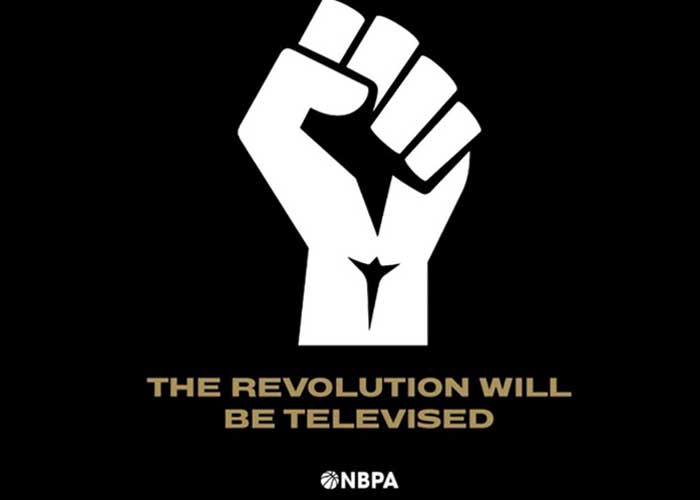More Than Basketball
2020 has been termed by some as a year of racial awakening and turbulence. The death of George Floyd triggered mass protests in the streets of America and was an important backdrop against which the NBA restart was negotiated. Ultimately the decision was made to restart the NBA but to acknowledge the social sentiments of our time. Throughout my time in The NBA bubble, signs of protest were readily visible with players, coaches and staff kneeling at the singing of the national anthem before every game. Warm-up shirts were emblazoned with “Black Lives Matter” and jerseys had statements such as Equality, Say Her Name, How Many More, Justice Now, and I Can’t Breathe. I remember at one of the early games – a fellow physician asked me: “If you were a player, what statement would you have?”. My response was simple: “Stop Killing Us”.
On August 23rd, 2020, police fired 7 bullets into the back of Jacob Blake, severing his spinal cord and leaving him in critical condition. To be honest – I did not hear about this latest incident until a few days later, bubble physician duties kept me very busy. It wasn’t until the night of August 25th that a friend sent me a clip of Doc Rivers (Head Coach for the LA Clippers) being interviewed – the friend asked, “How is the mood there?”. In the clip, an emotional Doc fought back tears as he gave his perspective. Rivers, in discussing the shooting says:
“You hear all of them talking about fear. We’re the ones getting killed. We’re the ones getting shot. We’re the ones that were denied to live in certain communities. We’ve been hung. We’ve been shot. All you do is keep hearing about fear. It’s amazing to me why we keep loving this country, and this country does not love us back. It’s really so sad. I should just be a coach.”
I texted back and forth with my friend as he filled me in on what was going on in Kenosha. He sent me the video and cautioned “Don’t watch this unless you want your night ruined.” He knew that I would watch, I mean how could I not? After watching the video – it was hard to process. I spent the next few hours scrolling through social media trying to understand how the world was processing this. It was me, in my hotel room in the NBA bubble, trying to make sense of the outside world.
On Wednesday August 26th, I processed my emotions and returned to business as usual. I was one of the covering physicians for the 3:30pm Orlando Magic vs Milwaukee Bucks game. I had the same pre-game routine – I made my rounds with the team locker rooms & trainers, I introduced myself to building event staff and I positioned myself court-side in anticipation of the game. Both teams went through their initial warm ups, but prior to tip-off the Bucks went back into their locker room and did not return. The pre-game clock wound to 00:00 and neither team was on the court. I sat and waited, unsure what was happening – eventually a tweet from Woj – hit my timeline….Bucks were forfeiting their game. I was in a state of shock.
Over the next hour – the decision was made to postpone the remainder of NBA games for that day. With no games being played, I went back to my hotel room – this time to make sense of the world inside the NBA bubble. Later that evening the Bucks players released a statement that read in part – “It is imperative for the Wisconsin State Legislature to reconvene after months of inaction and take up meaningful measures to address issues of police accountability, brutality and criminal justice reform.” I watched the footage of these players donning their masks and making their statements – for me this had the symbolism of the 1967 Cleveland Summit, the 1968 Olympic Medal Podium and Craig Hodges donning his dashiki to the White House.
Over the next few days – the players, the owners, the NBA and the NBPA engaged in a series of meetings and discussions on the best path forward. Ultimately, the decision was made to return to playoff basketball. I was not privy to these meetings but what was evident is that the players felt heard and the owners and administration demonstrated an appetite to enact tangible measures that went beyond T-shirt slogans. Initiatives included conversion of team arenas into local voting booths, formation of a multidisciplinary social justice coalition and financial pledges to promote civic engagement in the communities that these athletes represent and entertain.
I have said at various points before that the NBA serves as a model for a sports bubble and how to safely play sports in the COVID era. Well perhaps the NBA can also serve as a model for how sports leagues and their players can come together to address social justice.






